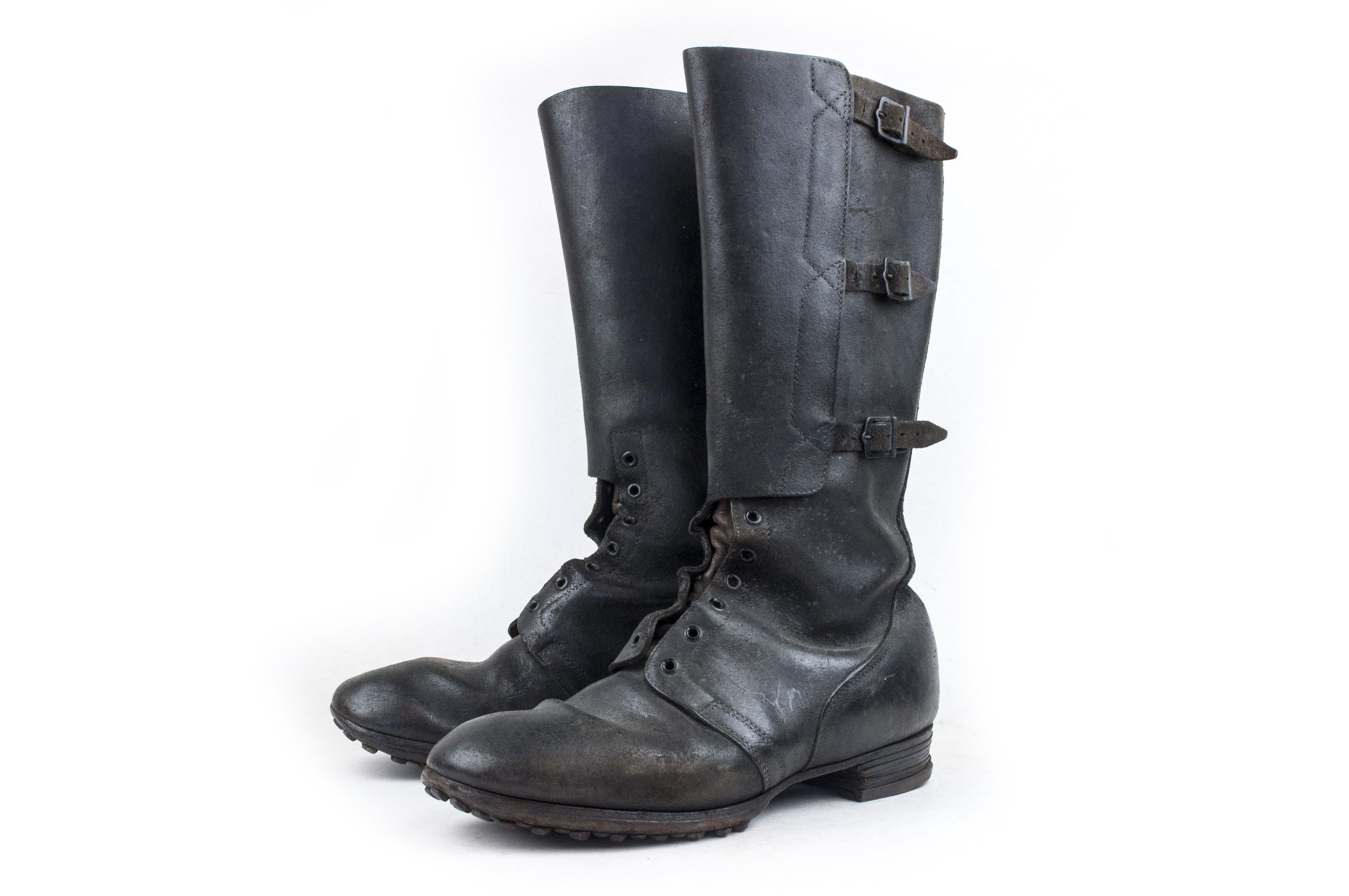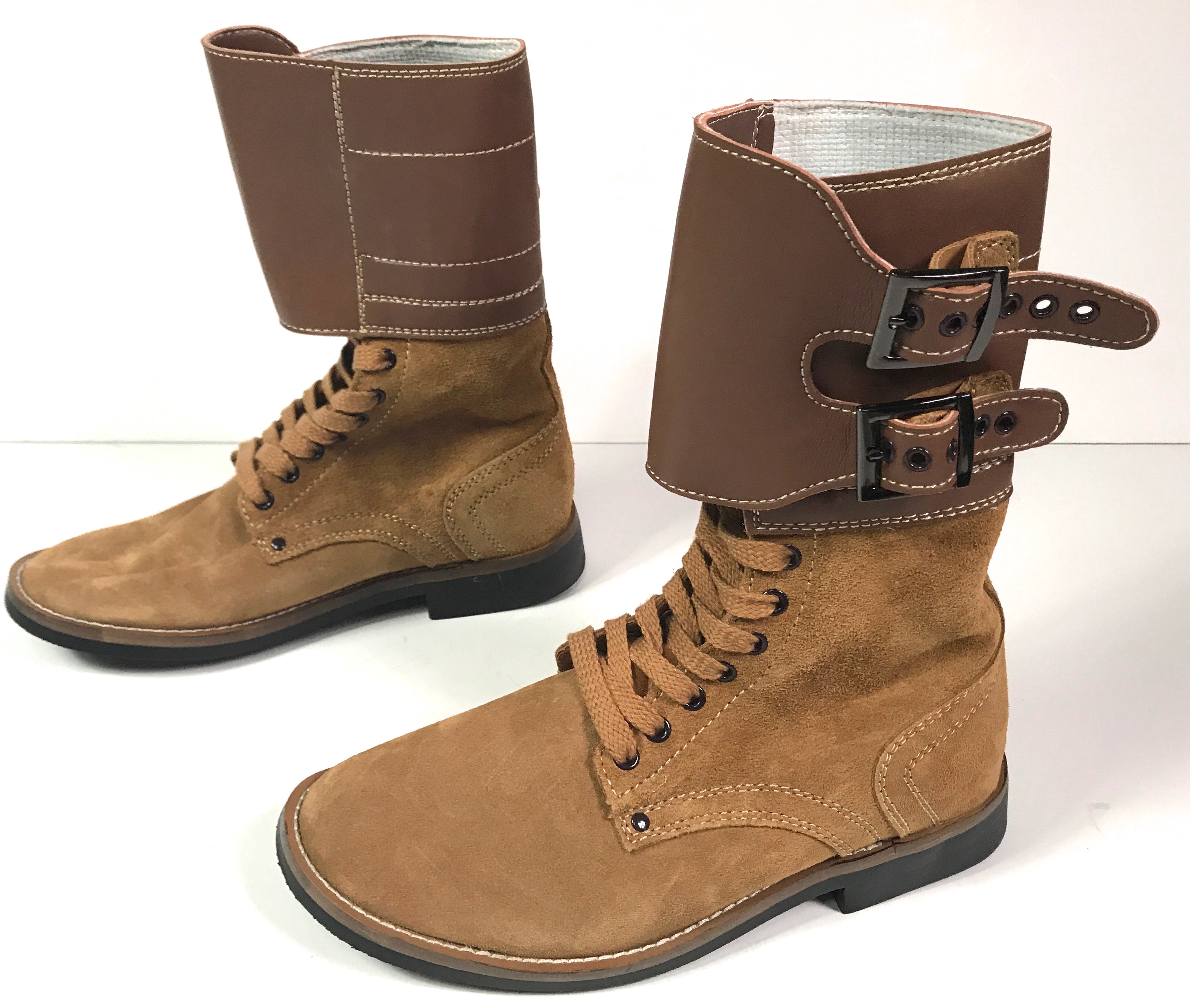Prospective Union navy Battleship List:
First Great War era
Dakota-Class (1911) Dakota, Oregon, Washington, Delaware (the first of the "Co-op with the Kaiser" battleships, intended to operate alongside the German High Seas Fleet in the open Atlantic.)
New York-class (1912) New York, Illinois, Iowa, Pennsylvania
Massachusetts-class (1913) Massachusetts, Maine, Minnesota, Michigan
Ohio-class (1915) Ohio, Wisconsin, New Hampshire, Connecticut (First US battleships to be armed with 16-inch guns)
Vermont-class (1916) Vermont, Indiana, Kansas, Nevada (built in response to the Royal Navy's "Super" Dreadnoughts and the French Lyon-class)
Post-GW1 construction would be curtailed by Socialist government cuts to defense spending, and several of the older battleships such as the Washington, Oregon and Delaware would be scrapped. USS New Jersey, the first Battlecruiser of the US navy, was initially to be converted into an Aircraft Carrier, to be named USS Vindication, but this program was cut after the USS Remembrance was commissioned and the hull was scrapped after languishing in political limbo for several years. Her sisters, USS Colorado and USS Missouri, never progressed beyond their keels and were likewise scrapped.
Second Great War era
With the Increase in militant rhetoric and the rise of right-wing governments in the CSA and Europe, the US Navy was forced to evaluate its battlefleet in the 1930's and found it desperately wanting. With their newest battleships already 20 years old and another war with Japan at their door, the Fleet began a crash program to modernize their aging vessels and construct new models.
California-class (1939) California, Montana, West Virginia, Maryland (built as part of the "New Model Navy" program in response to British and French buildup)
Idaho-class (1941) Idaho, Nebraska, Wyoming, Rhode Island (built in response to reports of Japanese "Super Battleships," armed with 18-inch guns)
New Mexico-class (1942) New Mexico, Missouri, Colorado (name taken from scrapped battlecruiser, First Battleships designed with a Carrier task force in mind)
a Prototype design for a new USS Oregon armed with German-designed 20-inch guns was proposed, but the lack of large battleship engagements and the end of the war saw the design shelved.
With the end of the Second Great War and the fall of the CSA, the US would downscale its Battleship fleet massively, as its domain as the primary superpower in the western hemisphere left it with few challengers. Many of the GW1 era warships would be scrapped or sold, with the Indiana and Kansas being sold to Chile and Nevada to Brazil. Massachusetts, Pennsylvania and Maine would become museum ships in their respective states, while the foremast and a trio of main guns from the USS New York would be erected as a memorial to fallen sailors in New York City. Many cities would clamor for memorial guns from the ships, and a number of city squares would soon be adorned with anchors, light guns, compass towers or masts from the old vessels.
Minnesota, Wisconsin and Iowa would suffer a slightly more inglorious fate, being used as part of Superbomb tests in the South Pacific alongside most of the Confederate Navy. To the credit of the US builders, the ships resolutely refused to sink despite being struck by 3 bomb blasts, while many of their CSA counterparts succumbed after only one.
USS Dakota, a hero of both Great Wars, would become something of an Ambassadorial ship, touring the US and her allied states in the aftermath of the war. She would become the first US Warship to enter Charleston, South Carolina after its return to the Union, where the renunciation of secession would be signed by the state governing commission. The Ship's banner from the Battle of the Three Navies would be raised over Fort Sumpter by an honor guard of Colored personnel specially selected from each branch of the US military and overseen by Irving Morrell.
After swinging around Cape Horn and another visit to Pearl Harbor, where she would be anchored alongside the brand-new USS Colorado, She would deliver a team from San Francisco to Panama to make the first surveys for a canal, before, in 1947, settling into a permanent dry dock in Boston Harbor alongside the Frigate USS Constitution.
(this is all entirely my headcanon)






